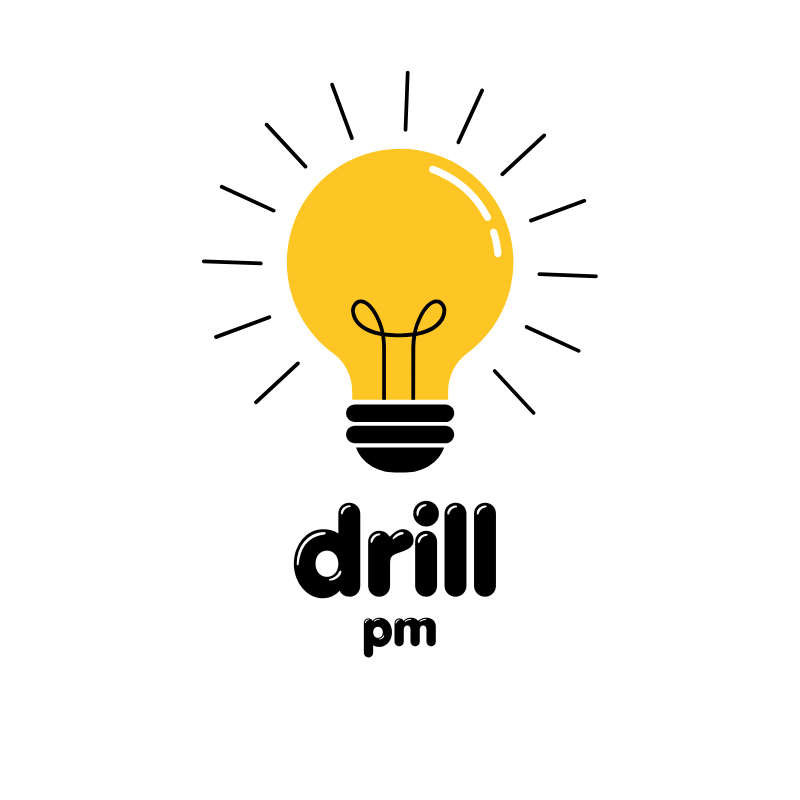Anúncios
Buying your first car is a big milestone—and it’s not just about picking the model that looks cool or fits your social media vibe. It’s a financial decision that affects your budget, lifestyle, and even your credit. That’s why taking time to plan ahead makes all the difference.
Whether you’ve just started working or saved up during college, getting behind the wheel of your own car can feel like a rite of passage. But how do you know where to start? Between car prices, loan terms, and dealership deals, it’s easy to get overwhelmed if you don’t have a clear roadmap.
In this friendly and practical guide, you’ll learn step by step how to plan your car purchase with confidence. We’ll help you avoid common pitfalls and make smart choices—so let’s jump in and start this journey toward your first set of wheels!
1. Understand your needs and lifestyle
Before diving into the car market, take a step back and think about how you’ll use your vehicle. Will it be for daily commutes, weekend road trips, or campus errands? Do you need lots of cargo space, or is fuel efficiency your top priority?
Make a list of your needs and preferences. For example:
- Number of passengers you’ll carry regularly
- Type of driving (city, highway, mixed)
- Preferred size (compact, sedan, SUV)
- Must-have features (Bluetooth, backup camera, etc.)
This step ensures you choose a car that fits your real life, not just your wishlist.
2. Set a realistic budget
Now that you know what you’re looking for, figure out what you can actually afford. A good rule of thumb is to spend no more than 15% of your monthly income on a car payment.
Besides the car price, account for:
- Insurance
- Gas
- Maintenance and repairs
- Registration and taxes
Use online calculators to estimate monthly payments based on loan terms. Be honest with yourself—stretching your budget now can lead to stress later.
3. Build or check your credit score
If you’re planning to finance your first car, your credit score plays a big role in determining the interest rate you’ll receive. A better score means better loan terms and lower monthly payments.
To improve your credit score:
- Pay bills on time
- Keep credit card balances low
- Avoid applying for multiple new accounts at once
Check your credit report for free at AnnualCreditReport.com and dispute any errors. Starting this process early gives you time to make improvements if needed.
4. Save for a down payment
A down payment reduces the amount you need to borrow—and that means less interest over time. Aiming for 10% to 20% of the car’s value is ideal, but even a few thousand dollars can make a difference.
Ways to boost your savings:
- Set up automatic transfers to a separate savings account
- Cut back on small daily expenses
- Consider a side hustle for extra income
Not only will saving help with the down payment, but it will also build good financial habits for future goals.
5. Choose between new or used
There’s no right or wrong answer—only what fits your needs and budget. Here’s a quick comparison:
New cars:
- Come with full warranties
- Have the latest tech and safety features
- Depreciate quickly in the first few years
Used cars:
- Cost less upfront
- May have higher mileage or limited warranty
- Require careful inspection and vehicle history checks
Certified Pre-Owned (CPO) vehicles offer a middle ground, with some warranty coverage and lower prices than new models.
6. Research models and compare options
Now it’s time to explore specific cars that match your needs and budget. Use sites like Kelley Blue Book, Edmunds, or Consumer Reports to compare:
- Reliability ratings
- Fuel economy
- Resale value
- Owner reviews
Create a shortlist of 3–5 models to test drive. Make sure to look at total cost of ownership, not just the sticker price.
7. Get pre-approved for a loan
Before visiting dealerships, apply for loan pre-approval through your bank, credit union, or an online lender. Pre-approval gives you a clear budget and strengthens your negotiation position.
Benefits of pre-approval:
- Know your interest rate and terms upfront
- Avoid surprise financing offers at the dealership
- Save time and avoid pressure during the buying process
If you’re a student or new worker with limited credit history, consider getting a co-signer.
8. Factor in additional costs
Owning a car is more than monthly payments. Be sure to budget for:
- Insurance premiums (get quotes from multiple providers)
- Annual registration fees and taxes
- Maintenance (oil changes, tires, brakes)
- Emergency repairs or roadside assistance
Consider setting aside a monthly amount into a “car fund” to cover these extras.
9. Take your time with test drives
Test driving is more than just seeing if you like how the car looks. Pay attention to how it feels on the road. Try driving on different road types (city streets, highways, parking lots).
During the test drive, check:
- Seat comfort and visibility
- Noise level
- Acceleration and braking
- Ease of using features (navigation, air conditioning, etc.)
Take notes and compare experiences between models. Don’t rush this step—it’s your chance to truly connect with the car.
10. Negotiate and close the deal wisely
Once you’ve found your car, it’s time to make an offer. Research the market value using sources like KBB and Edmunds so you walk in informed.
Tips for smart negotiation:
- Be polite but firm
- Focus on the total price, not just monthly payments
- Don’t be afraid to walk away if the deal doesn’t feel right
Review all paperwork carefully before signing. Make sure fees and terms match what was agreed. If something seems off—ask questions!
Conclusion
Buying your first car doesn’t have to be overwhelming. With the right plan, it can be an exciting and empowering experience that sets the tone for your financial future. Remember, the goal isn’t just to get a car—it’s to make a smart decision that brings freedom, mobility, and peace of mind.
Start with a clear vision, follow each step with patience, and trust that with the right knowledge, you’re fully capable of navigating the road ahead.
FAQs
1. How much should a first-time car buyer spend?
Ideally, no more than 15% of your monthly income should go toward a car payment, including insurance and maintenance.
2. Is it better to buy or lease your first car?
Buying is usually better for long-term value, while leasing may offer lower monthly payments but comes with mileage limits and return conditions.
3. Should I buy a car before or after getting a job?
If possible, secure stable income before committing to car payments to ensure long-term affordability.
4. What’s the best time of year to buy a car?
End-of-year sales (October–December) often offer better deals as dealerships clear out inventory.
5. Can I buy a car with no credit history?
Yes, but you may need a co-signer or higher down payment. Some lenders specialize in first-time buyers with limited credit.



